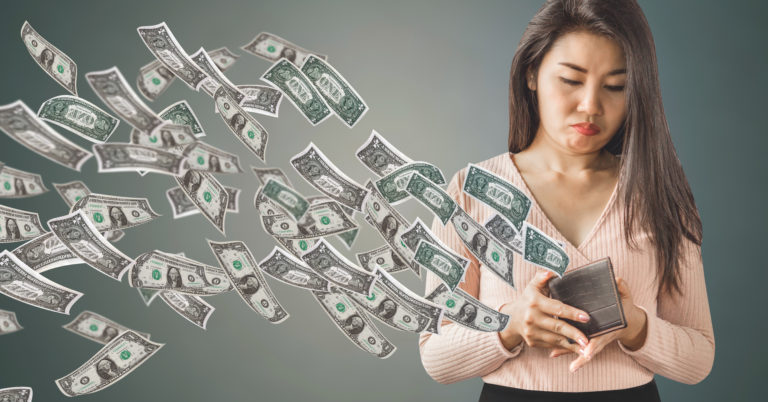Please select your state
so that we can show you the most relevant content.


Anyone who owns a credit card or has taken out a loan knows how interest works. You are, to put it simply, paying extra money for the privilege of having been able to borrow money.
At low levels, interest isn’t much of a burden. The cost is often well-worth the ability to access capital when you need it.
Nevertheless, as your debt grows, the amount of interest you are obliged to pay grows with it. That amounts to a hefty financial burden over time.
The federal government is learning that lesson the hard way. And so are the American people.
Money for nothing
Currently, the government pays nearly $400 billion per year in interest on its debt. In 10 years, net interest will more than double to $900 billion.
That will exceed total spending on either national defense or Medicaid.
The interest we must pay on our debt will only grow worse as time goes on. Net interest on the debt will equal and then surpass total discretionary spending as a share of the economy by 2045. It would be like taking the money we spend on defense, our veterans, homeland security, our judiciary system, antipoverty measures and more and throwing that down the drain.
That’s more than a burden. It’s an insult to taxpayers that our lawmakers are deliberately throwing our money into a hole without any real plan.
A worse scenario
Unfortunately, our interest paid on the debt will reach these levels even if the interest rate remains relatively stable. But what happens if interest rates go up?
According to the Congressional Budget Office, if interest rates rise even one percentage point, our debt would reach nearly 200% of GDP by 2049.
Our total debt would hit $100 trillion by 2046, a number nearly five times greater than what it is now.
These numbers assume that Congress remains faithful to its discretionary spending caps. If history is any guide, Congress is likely to blow through these spending caps and place them further out.
Under this scenario, spending could reach 33% of GDP — higher than the previous figure of 28% — and debt could rise above 219% of GDP — higher than the original figure of 144%.
If interest rates were to increase just one-tenth of 1%, debt could reach 225% of GDP.
This nightmare scenario isn’t unlikely. The first condition depends on Congress making no attempt to control spending.
The second may occur if other countries that buy our debt demand a higher premium for doing so. Interest rates have historically been much higher than they are now.
Interest rates were 8.8% in 1988. They were 2.232% in 2016 and rose to 2.567% in June of this year. In other words, there is no law of interest that states it must stay low.
Congress must prevent a scenario in which American taxpayers are on the line for nearly $1 trillion per year in interest on the debt.
Tell Congress: Stop overspending! We need real leadership to budget appropriately. Digging ourselves into deeper debt is not an option.
© 2024 AMERICANS FOR PROSPERITY. ALL RIGHTS RESERVED. | PRIVACY POLICY
Receive email alerts to learn how to get involved